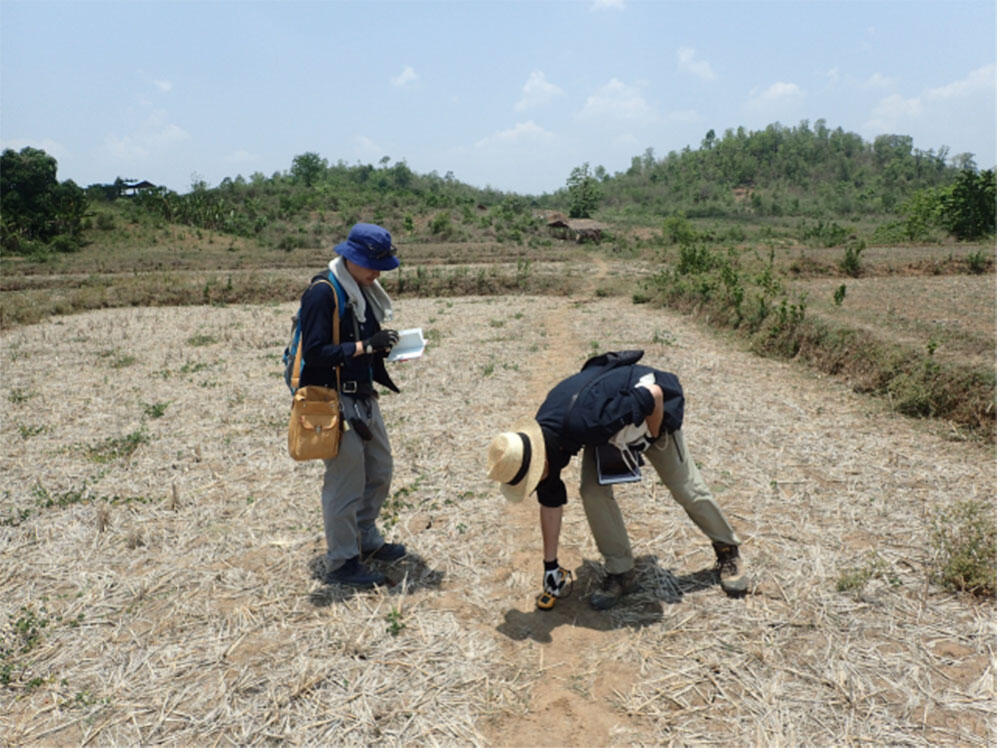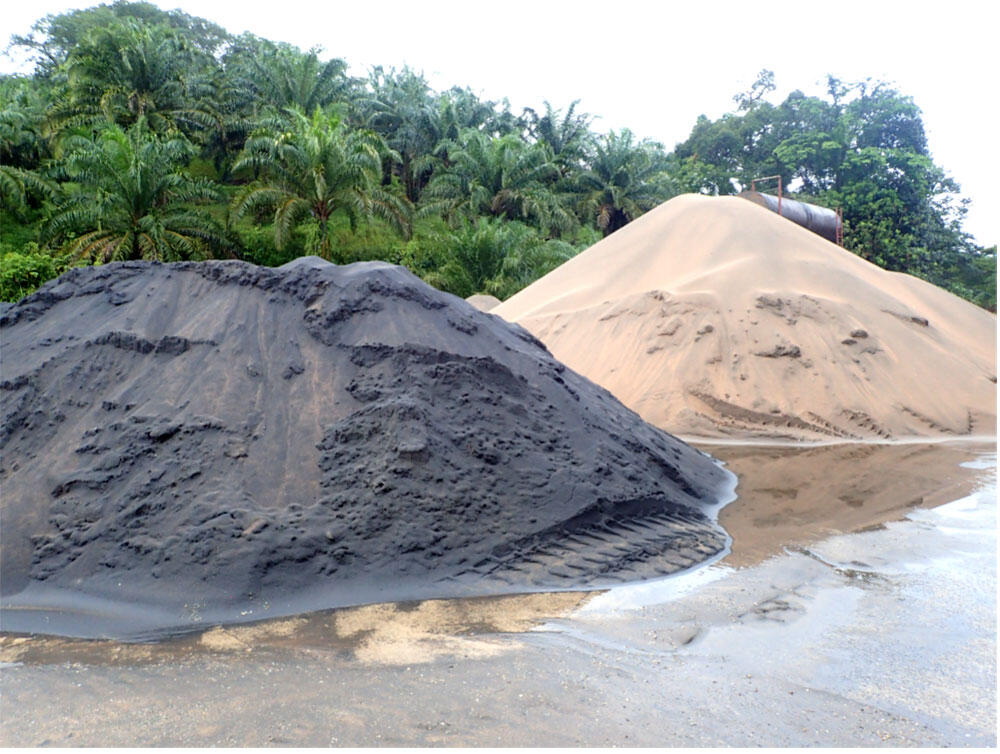Various types of International Cooperation and Partnership
-Joining Hands with the World-
Last Updated: April 13, 2021
GSJ recognizes that cooperation with overseas geological research organizations is a priority issue. Its international research activities include bilateral and multilateral cooperation. The latter is implemented within the framework of international organizations or consortia. GSJ promotes bilateral research cooperation with a number of overseas geological institutes under a memorandum of understanding.
In cooperation with geological institutes in the so-called industrialized nations, GSJ develops innovative survey and analysis techniques applicable to research in such fields as earthquake, tsunami, and volcanic hazard assessment; the development of geothermal resources; and CO2 geological storage. Through many years of partnership, GSJ has built solid relationships and mutual trust, on the basis of which it cooperates in developing new techniques, at times competing with one another.
In cooperating with the so-called developing nations, GSJ tries to understand the scientific and technical needs of its counterparts and the scientific issues that GSJ should tackle. Through joint activities such as geological surveys, GSJ provides cooperation in human resource development and the compilation of geological information for resource development and natural disaster mitigation.
In the time of this global COVID-19 pandemic, an innovative form of international cooperation is needed. Valuing human and organizational networks, GSJ will address key geoscientific issues to make our society safer and more secure.
Systematic implementation of international cooperation
The activities of the Coordinating Committee for Geoscience Programmes in East and Southeast Asia (CCOP) are typical examples of our multilateral cooperation. CCOP is an intergovernmental organization. Its objectives are to encourage economic development and improve quality of life in East and Southeast Asia through its projects and workshops in the field of earth science.
CCOP was established with only four member countries in 1966. After a half century, it now has 16 member countries. No other international research organization has such a long history in the field of earth science. GSJ has assumed leadership of CCOP since the organization was established. GSJ is currently promoting several projects under CCOP, namely the creation of groundwater environment maps of the major plains of Southeast Asia and the international training course for young geoscientists on practical geological survey techniques. In 2015, GSJ proposed the CCOP Geoinformation Sharing Infrastructure for East and Southeast Asia (GSi) Project and is promoting the digitalization of CCOP’s geological maps and other geoscientific information on earthquake and volcanic hazards, geo-environment, groundwater, geophysics, geochemistry, remote sensing, mineral resources, and so on. The Project is also facilitating their comprehensive sharing in the CCOP region based on the global standard.
As a key member of OneGeology, an international collaborative project which is supported by 118 countries and aims to distribute web-based geological map of the world, GSJ actively contributes to its management. Furthermore, having joined the Commission for the Geological Maps of the World (CGMW) in 1913, it now serves as the president of the Natural Hazards Maps Thematic Subcommission. GSJ is the core player in these international projects.
Overseas Mineral Resources Exploration
Japan largely depends on imports for most of metallic mineral resources and hence their steady supply from existing and/or newfound mines abroad is crucial. We conduct geological surveys, chemical analyses of ores, concentrates and tailings, and beneficiation tests, aiming to find new deposits and to utilize untapped resources from existing mines.
We are currently conducting explorations mainly in Southeast Asia, which is geographically close to Japan. There are many tin mines in the region, both active and abandoned ones. If new deposits are discovered in the explorations in undeveloped areas, stable production of tin concentrate and other ore minerals can be expected.
On the other hand, in old abandoned mines, there remains many piles of tailings, which consist of gangue minerals produced in past beneficiation process. For example, in a tin mine, concentrate of tin and tungsten are produced and other minerals that contain minor metals such as titanium, tantalum, and rare earth elements remain unrecovered in the tailings. Development of a new metal deposit generally causes a large environmental impact, producing huge amount of wastes and tailings as well as emitting carbon dioxide. Recovering these abandoned minerals from the tailings in existing mines can make great contribution not only to the stable supply of specific mineral resources but also to the reduction of environmental burden.
Geochemical exploration in Myanmar
Concentrate of heavy minerals (left) and resulting tailings
(right) separated from mine tailings of a Sn deposit in Thailand



